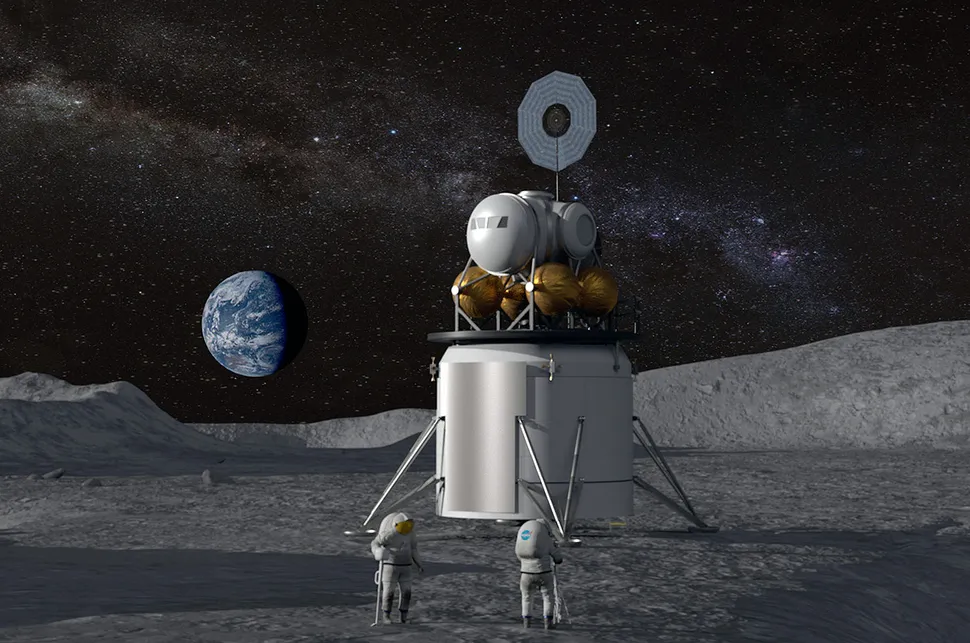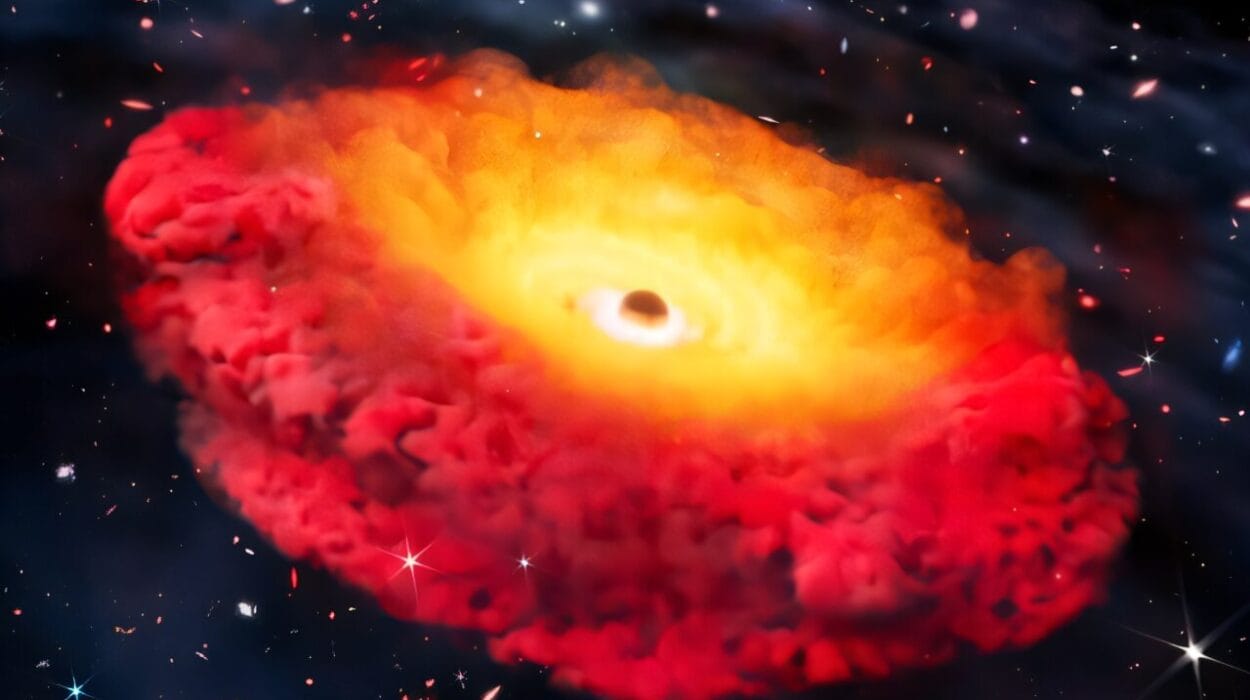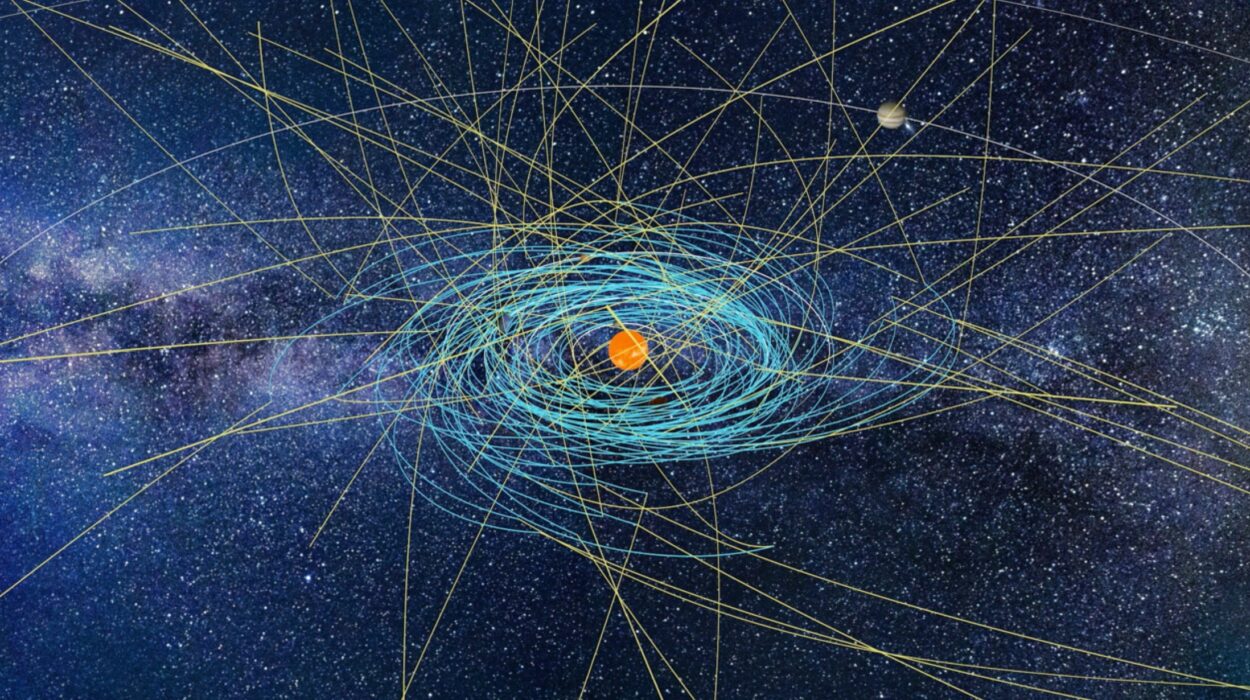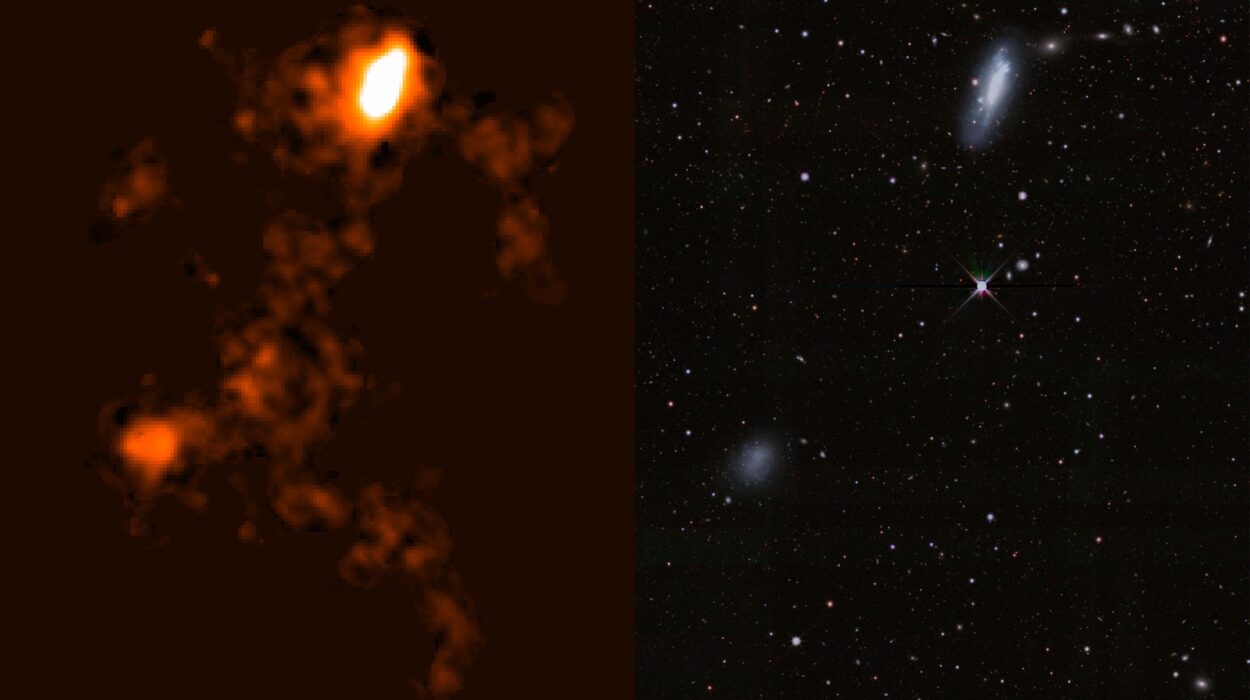In 2019, the world stood still. On screens across the globe, a glowing orange ring shimmered into view—a shadow at the edge of the unknowable. For the first time in human history, we had captured the silhouette of a black hole, nestled in the heart of the galaxy Messier 87 (M87), 55 million light-years away. It was a moment that seemed to collapse the boundary between science fiction and science fact. Yet even as the image stunned the public, scientists like Andrew Chael of Princeton University were already turning toward a far more intricate mystery: What lies just outside the edge of the abyss?
“We made that first black hole image,” Chael said, “but the real question ever since has been, what is going on around it?”
As a fellow of the Princeton Gravity Initiative and a core researcher within the Event Horizon Telescope (EHT) Collaboration, Chael is now at the forefront of an ambitious scientific campaign—not just to see black holes, but to understand them from the inside out. That campaign is being powered not by telescopes alone, but by some of the most powerful supercomputers on Earth.
Simulating the Unspeakable: Peering Beyond the Event Horizon
The Event Horizon Telescope isn’t a single machine. It’s a global network of radio observatories, linked together using a technique called Very Long Baseline Interferometry (VLBI). This allows it to act as a virtual Earth-sized telescope, sensitive enough to resolve features on the scale of a black hole’s shadow.
The 2019 image showed light emitted by hot electrons spiraling around tangled magnetic fields, producing radiation known as synchrotron emission. But the shadow, dark and foreboding, only hints at the drama unfolding just beyond.
The “event horizon” is not a solid surface but a threshold—once crossed, not even light can escape. Yet just outside this boundary is a maelstrom of particles and energy. Here, protons and electrons swirl in searing-hot plasma, threading magnetic fields that can launch jets of subatomic matter thousands of light-years into intergalactic space.
“The real physics is happening just outside that shadow,” Chael explained. “To decode it, we need to go beyond images. We need to model what’s happening, particle by particle, field by field.”
And for that, astronomers are enlisting the help of modern giants: supercomputers capable of calculating the impossible.
The Heat of the Matter: New Findings from Cutting-Edge Simulations
In February 2025, Chael and his team published groundbreaking research in the Monthly Notices of the Royal Astronomical Society, offering the most detailed simulations yet of the plasma environment surrounding the black hole in M87. Unlike earlier models, which simplified plasma as a single fluid, Chael’s work treats electrons and protons separately, offering unprecedented insight into their differing behaviors.
“What we found,” he said, “is that the electrons are much hotter than we previously thought. But we still couldn’t reproduce the low polarization in the observed data, which tells us there’s something fundamental we’re still missing.”
In simple terms, polarization refers to the direction in which light waves vibrate. When light is emitted from highly ordered magnetic fields, like those near black holes, it tends to be more polarized. But the actual observations from M87 show surprisingly low polarization, suggesting that something is scattering or randomizing the radiation—possibly due to cooler, less energetic electrons than the simulations predict.
“The tension we’re seeing,” Chael continued, “suggests that electrons in M87 might actually be about 100 times cooler than the protons. That’s a big deal. It challenges some of our most basic assumptions about how energy is transferred in these extreme environments.”
These findings point to a central puzzle in black hole astrophysics: how the particles in the plasma are heated, and what governs their temperature ratios. The answer could reshape our understanding of black hole radiation and the physics of high-energy jets.
Machines That Think at the Edge of Space-Time
To reach these insights, Chael didn’t just need bright ideas—he needed brute-force computing power.
The simulations were conducted on the Stampede2 and Stampede3 supercomputers at the Texas Advanced Computing Center (TACC), with allocations granted by the National Science Foundation’s ACCESS program. These platforms allow scientists to perform billions of calculations per second, simulating the subtle interplay of magnetism, particle collisions, and gravity in curved spacetime.
“This paper represents one of the first attempts to model electrons and protons as separate species in a general relativistic magnetohydrodynamic (GRMHD) simulation,” Chael said. “It’s much more computationally expensive, but also far more realistic.”
These GRMHD simulations account for two of nature’s harshest forces: magnetism and gravity. Magnetohydrodynamics treats plasma as a fluid intertwined with magnetic fields, while general relativity ensures that these simulations obey the warped geometry of space-time near a black hole.
Over a dozen simulations were run, exploring different spin rates and temperatures for the M87 black hole. What emerged was a living, breathing digital twin of a region of space we cannot ever visit, yet long to understand.
Dancing Shadows: The Black Hole Isn’t Still
Chael’s work doesn’t end with static snapshots. In January 2025, he and his EHT collaborators published another major study comparing multiple years of M87 data to a library of simulations. The results were startling: while the overall shape and size of the black hole’s shadow remained consistent, the brightest part of the ring shifted measurably over time.
“These changes are driven by turbulence and dynamic flows of plasma near the event horizon,” Chael said. “It’s like watching a storm swirl around the mouth of the abyss.”
This variability opens the door to a bold new ambition: making a movie of a black hole. With additional EHT data still waiting to be processed, researchers hope to animate the evolution of the black hole’s environment—capturing not just its image, but its behavior over time.
In this cinematic vision of the cosmos, the ring may flicker, rotate, or fragment—subtle dances revealing the underlying physics at work. It’s a scientific endeavor that merges Einstein’s legacy with bleeding-edge computing, where theory, observation, and simulation collide in the crucible of truth.
The Bigger Picture: Black Holes as Cosmic Laboratories
Why does it matter how hot the electrons are, or how polarized the light might be? Because black holes aren’t just strange objects at the edge of our galaxy. They are the most extreme laboratories in the universe—natural testbeds for physics we cannot replicate on Earth.
Near a black hole, gravity warps space and slows time. Magnetic fields twist with unimaginable power. Particles are accelerated to near light-speed, and radiation is bent and scattered in ways that reveal the deepest truths about matter and energy.
Understanding how electrons and protons interact in these environments can inform not just astrophysics, but plasma physics, particle theory, and even our knowledge of fusion—one of humanity’s most ambitious clean energy hopes.
In a sense, black holes are the ultimate microscopes. By decoding their shadows, we can see not only across the universe, but into the fundamental structure of reality itself.
A New Era of Cosmic Discovery
What began as a fuzzy, fiery ring in 2019 has evolved into something much greater: a portal into the hidden architecture of the universe. Thanks to the tireless work of scientists like Andrew Chael, and the extraordinary power of today’s supercomputers, we are beginning to peel back the layers of one of nature’s greatest enigmas.
“This is just the beginning,” Chael said. “We’re now in a position to really test theories of particle physics, plasma heating, and magnetic field structure—not just in labs, but in the most extreme environments imaginable. It’s a privilege to be part of it.”
As the Event Horizon Telescope continues to gather data, and as computing power expands to new frontiers, our gaze into the dark hearts of galaxies will only sharpen. The black holes may be silent, but through simulation, observation, and human ingenuity, they are starting to speak.
Their message is clear: the universe still has secrets, and we are finally learning how to listen.
More information: Andrew Chael, Survey of radiative, two-temperature magnetically arrested simulations of the black hole M87* I: turbulent electron heating, Monthly Notices of the Royal Astronomical Society (2025). DOI: 10.1093/mnras/staf200






